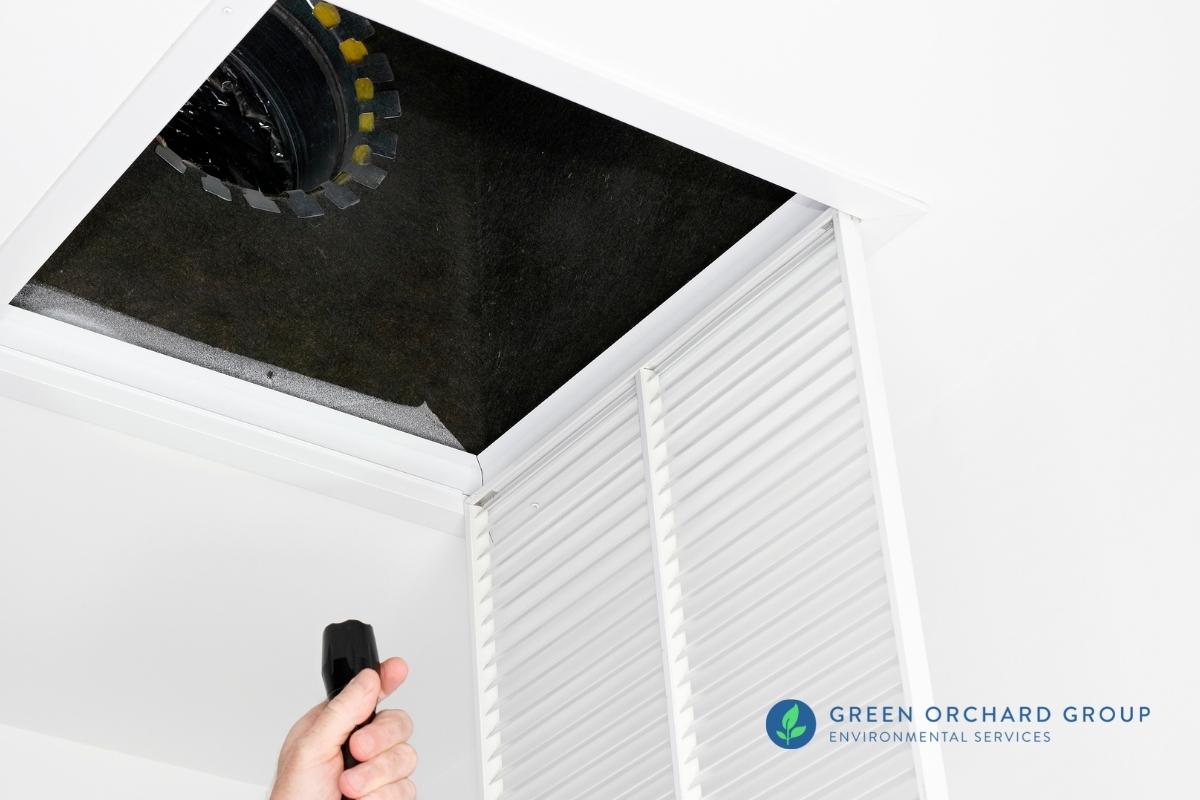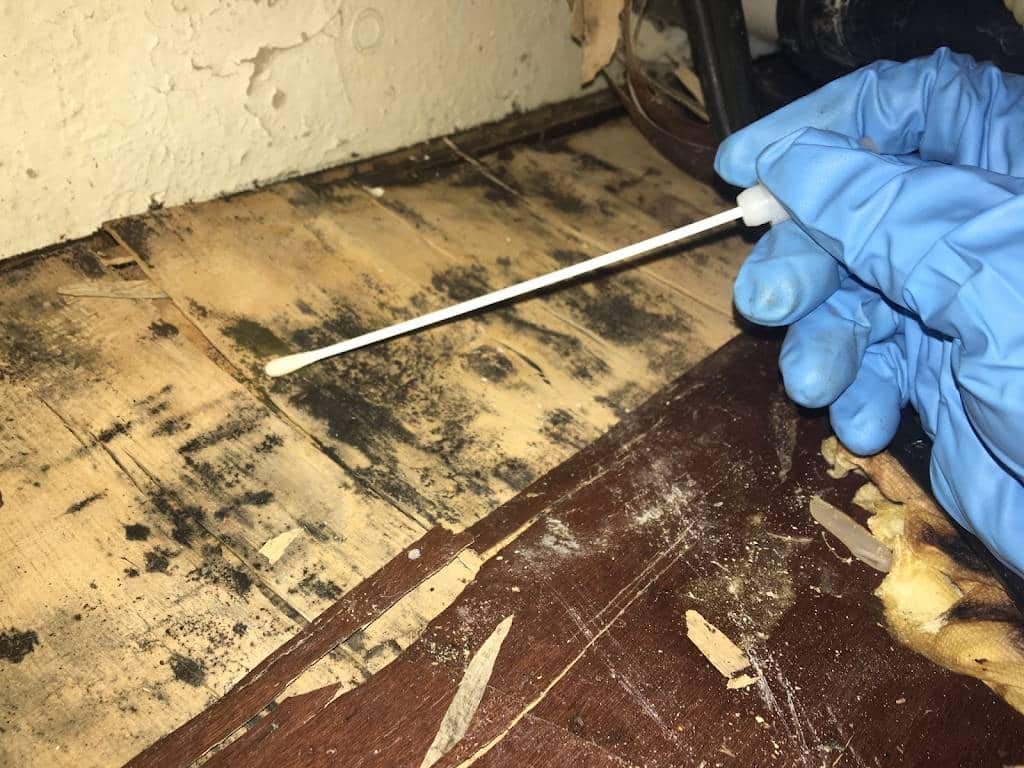Professional Tips for Blog Post Mold And Mildew Remediation Success
In the world of mold and mildew removal, efficiently eliminating mold and mildew is just half the fight; the real challenge lies in stopping its reappearance. Post-remediation initiatives play a critical function in ensuring a mold-free environment in the long-term. By adhering to professional suggestions and ideal practices, people can guard their rooms against mold and mildew resurgence and keep a healthy interior environment. It is in this phase of the removal process that interest to detail and positive steps really make a difference.
Monitor Humidity Levels Regularly
After finishing mold remediation treatments, keeping ideal moisture degrees is crucial to protect against mold re-growth and ensure a healthy and balanced indoor setting. High moisture levels above 60% develop a conducive setting for mold and mildew to flourish, making normal checking an aggressive procedure to protect against any kind of future mold issues.
Utilizing hygrometers or dampness meters can assist in accurately gauging humidity levels in different locations of the home. These tools offer real-time data that makes it possible for removal specialists to make informed decisions relating to air flow, dehumidification, and other necessary activities to preserve excellent moisture levels post-remediation. Furthermore, establishing a regular timetable for humidity checks, particularly in risky locations such as kitchen areas, cellars, and shower rooms, is a proactive approach to mold prevention. By consistently keeping an eye on humidity degrees, homeowner can properly reduce the threat of mold and mildew reoccurrence and preserve a healthy and balanced interior setting post-remediation.
Conduct Thorough Inspections Post-Remediation
Following the completion of mold removal procedures, it is important to carry out extensive inspections to confirm the effectiveness of the remediation process. These post-remediation examinations are critical in ensuring that the mold and mildew issue has actually been effectively dealt with which there is no reoccurrence or remaining mold development. Examinations ought to be performed by qualified specialists who have expertise in identifying mold and mildew and analyzing interior air quality.
Throughout these inspections, numerous methods such as aesthetic evaluations, air tasting, and surface area sampling may be employed to completely review the remediated areas. Visual assessments include a thorough examination of the facilities to look for any noticeable indications of mold development or water damages. Air sampling aids in figuring out the air-borne mold spore levels, while surface area sampling can detect mold and mildew particles on surface areas.
Implement Appropriate Ventilation Strategies
After ensuring the efficiency of the mold and mildew remediation procedure via thorough examinations, the following vital action is to concentrate on executing proper air flow strategies. Ample air flow is vital in protecting against mold and mildew reoccurrence by controlling moisture levels and promoting air flow. To achieve this, it is suggested to make use of exhaust followers in areas susceptible to high moisture, such as kitchens and washrooms. Additionally, opening up windows and doors when climate allows can assist boost air flow and minimize wetness buildup. Air cleansers and dehumidifiers are also beneficial devices in preserving optimum interior air high quality.
Correct ventilation remove mold vinegar not just aids in stopping mold development yet likewise contributes to the general wellness and comfort of passengers. By ensuring ample ventilation throughout the residential property, you can decrease the danger of mold regrowth and create a much healthier living environment. Normal upkeep of ventilation systems, including cleansing and filter substitutes, is crucial to maintaining effective air flow. Consulting with heating and cooling specialists can give additional insights into maximizing ventilation approaches for your particular residential or commercial property demands.

Usage Mold-Resistant Materials for Repairs
To boost the lasting effectiveness of mold remediation efforts, including mold-resistant materials for repairs is vital in mitigating the danger of future mold development. Mold-resistant products are created to withstand wetness and hinder mold growth, making them an essential selection for areas susceptible to wetness and moisture. When fixing areas influenced by mold and mildew, using products such as mold-resistant drywall, mold-resistant paints, and mold-resistant caulking can aid stop mold recurrence.
Mold-resistant drywall is an exceptional choice to conventional drywall in locations like washrooms and cellars where wetness levels are higher. This sort of drywall has an unique finishing that withstands mold development even when exposed to damp conditions. In addition, utilizing mold-resistant paints containing antimicrobial agents can better hinder mold and mildew development on wall surfaces and ceilings.
In locations where dampness is typical, such as kitchen areas and bathrooms, using mold-resistant caulking around sinks, windows, and tubs can help secure out water and prevent mold from holding in cracks and holes. By purchasing these mold-resistant materials throughout repairs post-remediation, you can considerably reduce the likelihood of future mold concerns and maintain a healthier indoor environment.
Maintain Tidiness and Address Water Issues
After mold and mildew remediation, it is essential to preserve a tidy environment to protect against the regrowth of mold. Leakages, water intrusion, or high humidity degrees can develop the best breeding ground for mold and mildew, so more info here it is necessary to repair any type of water-related problems immediately.
To keep tidiness, take into consideration utilizing HEPA filters in vacuum cleaners and air purifiers to trap mold spores and avoid their flow in the air. Guaranteeing correct ventilation in areas susceptible to moisture build-up, such as kitchens and bathrooms, can help maintain moisture levels in check. By remaining attentive regarding tidiness and attending to water problems promptly, you can effectively stop mold reinfestation and keep a healthy interior atmosphere.
Verdict

In the world of mold remediation, effectively removing mold and mildew is just half the fight; the real difficulty exists in avoiding its reappearance. After finishing mold and mildew removal procedures, keeping ideal humidity levels is vital to mold removal specialist near me protect against mold and mildew re-growth and ensure a healthy indoor atmosphere. High moisture levels over 60% create a favorable setting for mold and mildew to flourish, making normal keeping track of a positive action to avoid any future mold and mildew concerns.
To improve the lasting effectiveness of mold removal initiatives, integrating mold-resistant products for fixings is essential in alleviating the risk of future mold and mildew development. After mold remediation, it is critical to maintain a tidy atmosphere to protect against the regrowth of mold and mildew.
Comments on “Essential Actions After Mold Remediation”